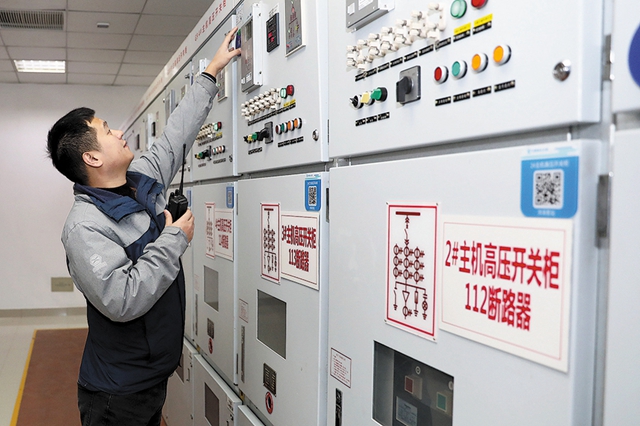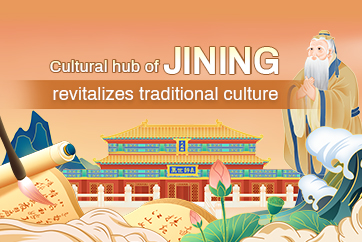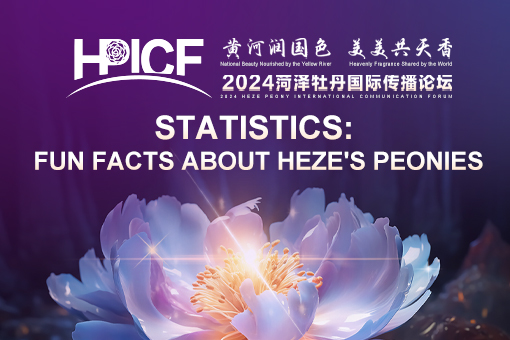Water diversion project brings many benefits
(chinadaily.com.cn)| Updated : 2023-11-24
Print Print
The project's operation room in Huai'an, Jiangsu. YIN CHAO/FOR CHINA DAILY
A participant in the Huaihai Campaign, one of the three major battles in the War of Liberation (1946-49), he never shared his wartime experiences with me. However, he told me some of his memories of building the reservoir, one of whose major functions was to store water to help with drought relief.
He was one of more than 10 young laborers designated by his village committee to help build the reservoir. The laborers lived on the construction site for three months in tents. Despite having no wages, they had to carry all their food and other necessities, and also cook for themselves.
With no support from machinery, they worked simply, carrying shoulder poles and large baskets. After continuous efforts from numerous groups of young laborers from different villages, the reservoir was completed in 1960, although I don't know how long the construction took.
As the largest reservoir in Weihai, it can hold 280 million cu m of water.
In 2005, I left Weihai for university, and since then I have seldom stayed in the city for more than a week, but I still hear frequent accounts of how drought wreaked havoc in my hometown.
My mother once phoned me to say the water supply to the middle school in our village had been disrupted because of drought, and students boarding at the school had no water to wash their clothes or take a shower. They discarded numerous towels, as they had been used for a long time without being washed.
Such scenes may never happen again in many areas of Shandong, thanks to the giant water diversion project.
When Weihai and the nearby cities of Qingdao, Yantai and Weifang experienced a prolonged drought from 2014 to 2018, the project delivered water to the four cities for 893 consecutive days. The China Eastern Route Corp of South-to-North Water Diversion said it transported more than 2.5 billion cu m of water to the drought-hit areas.

 Cultural hub of Jining revitalizes traditional culture
Cultural hub of Jining revitalizes traditional culture  Statistics: Fun facts about Heze's peonies
Statistics: Fun facts about Heze's peonies  Shandong province pioneers new quality productive forces
Shandong province pioneers new quality productive forces